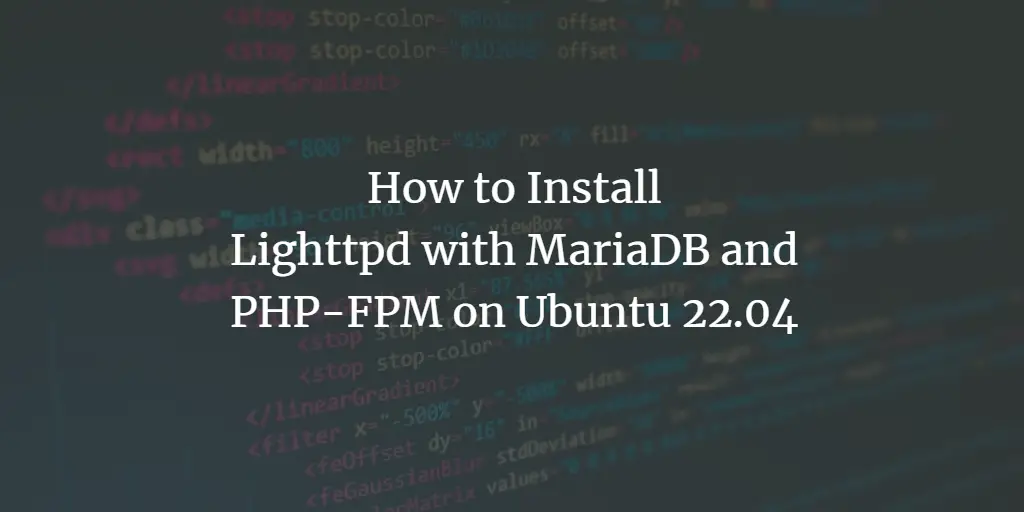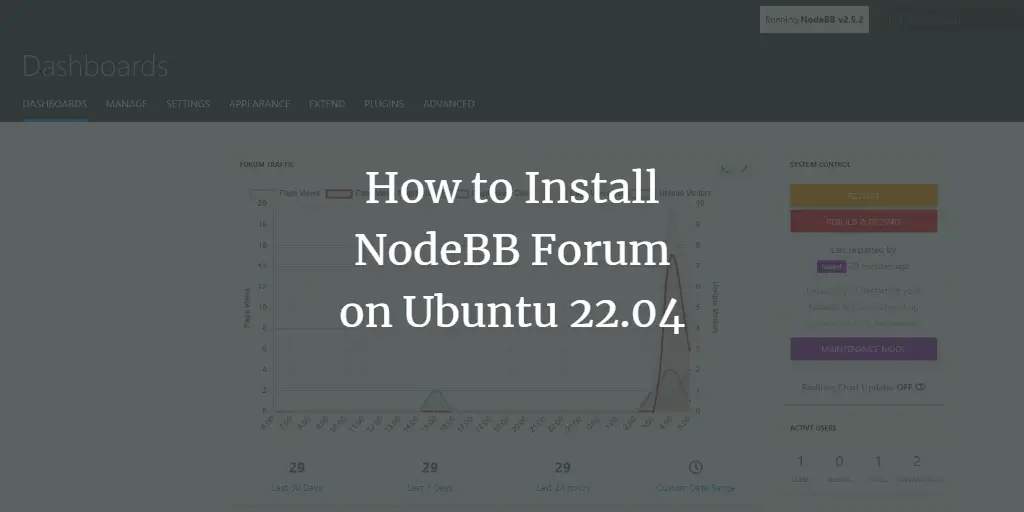Java is the most widely used programming language. It can be used to create server and desktop applications, and Java runs on almost all operating systems, including Mac OS, Windows, and Linux. Java applications are also used on game consoles and cell phones, for example, the Android operating system uses Java as an app programming language. Java is open source and has two flavors: the JDK (Java Development Kit), which is required if you want to develop Java applications, and the JRE (Java Runtime Environment), which is used to run Java applications and does not include compilers and development tools.
This article shows how to install Java 8 and Java 11 JDK and JRE on Ubuntu 20.04 using the terminal and how to switch between these two versions. All commands and steps in this article are performed on the Ubuntu 20.04 Linux system listed below.
Installing Java on Ubuntu
Open the terminal on your system using ‘Ctrl Alt t’ or through the application search bar as follows:
<img alt="Linux Terminal" data-ezsrc="https://kirelos.com/wp-content/uploads/2022/04/echo/word-image-521.png625416682f342.jpg" data-ez ezimgfmt="rs rscb10 src ng ngcb10 srcset" height="223" src="data:image/svg xml,” width=”495″>
To start the installation of Java on Ubuntu 20.04 first, you need to update the apt repository on your system using the following command:
$ sudo apt update
Now, check that Java is installed on your system or not using the following command:
$ Java --version
If Java is already installed on your system, then the following output will be displayed on your terminal window:
<img alt="Check Java Version" data-ezsrc="https://kirelos.com/wp-content/uploads/2022/04/echo/word-image-522.png6254166842787.jpg" data-ez ezimgfmt="rs rscb10 src ng ngcb10 srcset" height="224" loading="lazy" src="data:image/svg xml,” width=”812″>
Install Java JDK 11 (the Ubuntu Default)
By default, Ubuntu 20.04 includes the Java 11 JDK. If Java is not installed on your system then use the following command to install the Java JDK.
$ sudo apt install default-jdk
or
$ sudo apt install openjdk-11-jdk
<img alt="Install Java JDK" data-ezsrc="https://kirelos.com/wp-content/uploads/2022/04/echo/word-image-523.png625416684f531.jpg" data-ez ezimgfmt="rs rscb10 src ng ngcb10 srcset" height="492" loading="lazy" src="data:image/svg xml,” width=”777″>
The above command will install the default version of Java JDK-11 on your system.
Now, you can check the installed version using the following command:
$ Java --version
Install Java 8 JDK
Some older java applications might require the previous Java version If your application requires the JDK-8 version then you can install it using the following command:
$ sudo apt install openjdk-8-jdk
<img alt="Install Java 8 on Ubuntu 20.04" data-ezsrc="https://kirelos.com/wp-content/uploads/2022/04/echo/word-image-524.png62541668574e6.jpg" data-ez ezimgfmt="rs rscb10 src ng ngcb10 srcset" height="420" loading="lazy" src="data:image/svg xml,” width=”816″>
After executing the above command, the Java JDK-8 installation will begin on your system and it will take some time to complete the installation process. So, after that you can Java version using the following command:
$ Java --version
Set the default Java version on Ubuntu 20.04
If multiple Java versions are installed on your system Ubuntu 20.04, then you can check the default Java version using the command as follows:
$ Java --version
Now, to change the default Java version using the update-alternatives command as follows:
$ sudo update-alternatives --config java
You will see the following output on your system:
<img alt="Set default Java version" data-ezsrc="https://kirelos.com/wp-content/uploads/2022/04/echo/word-image-525.png625416685de03.jpg" data-ez ezimgfmt="rs rscb10 src ng ngcb10 srcset" height="241" loading="lazy" src="data:image/svg xml,” width=”884″>
The list of installed Java versions is presented in the terminal window. The prompt will display on the terminal that will ask you to enter the choice number which Java version you want to set as default. Enter the number which you want to keep as a default Java version and press Enter. After setting that you can check the default Java version set on your system.
Install Java JRE
JRE is also known as the Java Runtime Environment. It helps to run almost all Java applications on your system. JRE is mostly included in the Java JDK package. So, if you want to install only JRE on your system then using the following command you can install it on Ubuntu 20.04:
$ sudo apt install default-jre
Or
$ sudo apt install openjdk-11-jre
After executing the above command, you will see the following output on your terminal window:
<img alt="Install java JRE on Linux" data-ezsrc="https://kirelos.com/wp-content/uploads/2022/04/echo/word-image-526.png625416687607a.jpg" data-ez ezimgfmt="rs rscb10 src ng ngcb10 srcset" height="488" loading="lazy" src="data:image/svg xml,” width=”814″>
Java has been successfully installed on your system. Now, you can install and run the Java applications on your system.
You have learned how to install Java JDK and JRE on your Ubuntu 20.04 system using the terminal. Moreover, you also learned how to set the default Java version on your system.


